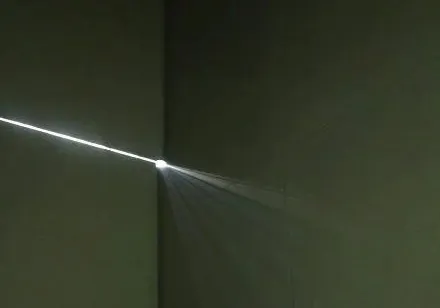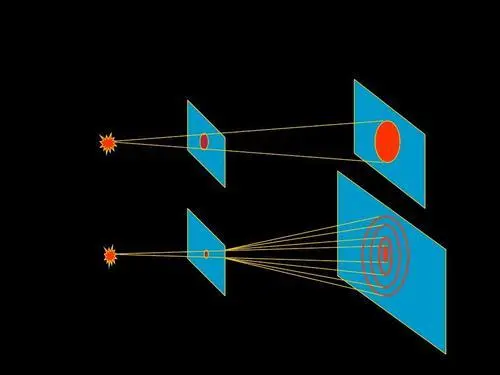The principle of light diffraction is as follows: when light encounters an obstacle or a small aperture, if the size of the obstacle or aperture is comparable to or smaller than the wavelength of the light, the light will deviate from its original straight-line path and spread out in different directions. This is similar to a group of ants marching in a straight line; when they encounter gaps between stones that are about the same size as they are, they will spread out through the gaps.

Let's take a look at the single-slit diffraction experiment. When a light source is placed in front of a barrier with a narrow slit, the light passing through the slit will form a pattern of alternating bright and dark fringes on a screen. However, this pattern is somewhat different from interference fringes. The central fringe is the brightest, with the brightness of the fringes gradually decreasing on either side. This occurs because the light passing through the slit can be considered as emanating from multiple new light sources at the slit. The light waves from these sources interfere with each other, creating the observed pattern on the screen. It’s similar to wind blowing through the gaps in a fence; the wind forms varying intensities of airflow on the other side of the fence, and the diffraction fringes of light follow a similar principle.

In optical instruments, the phenomenon of light diffraction significantly affects resolution. For example, in telescopes and microscopes, the lenses act like small apertures or obstacles, causing light to diffract as it passes through. This limits the smallest detail we can clearly observe. If two objects are too close together, their diffraction patterns will overlap, making it difficult to distinguish them as separate entities. This is akin to viewing distant objects on a foggy day; due to light scattering and diffraction, the objects appear somewhat blurred.
There are many other instances of light diffraction in everyday life. For example, when we look at a CD, the surface has many fine grooves. When light shines on it, diffraction occurs, and we see a spectrum of colors on the CD. Light diffraction is like a playful game between light and obstacles, where light bends around obstacles, creating unique visual effects.